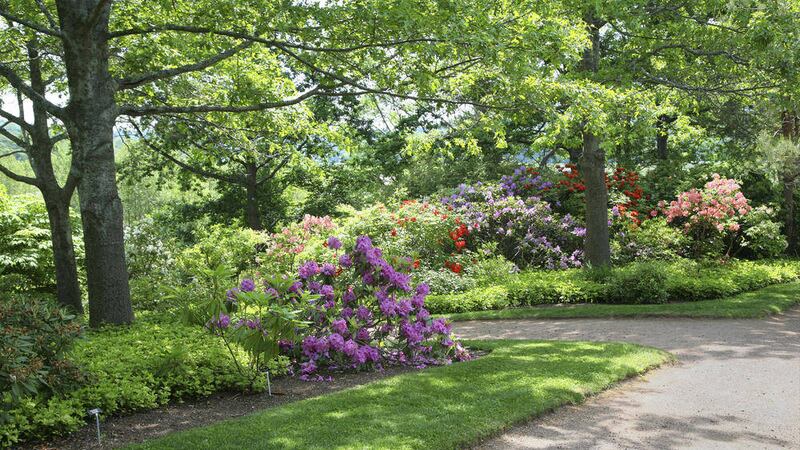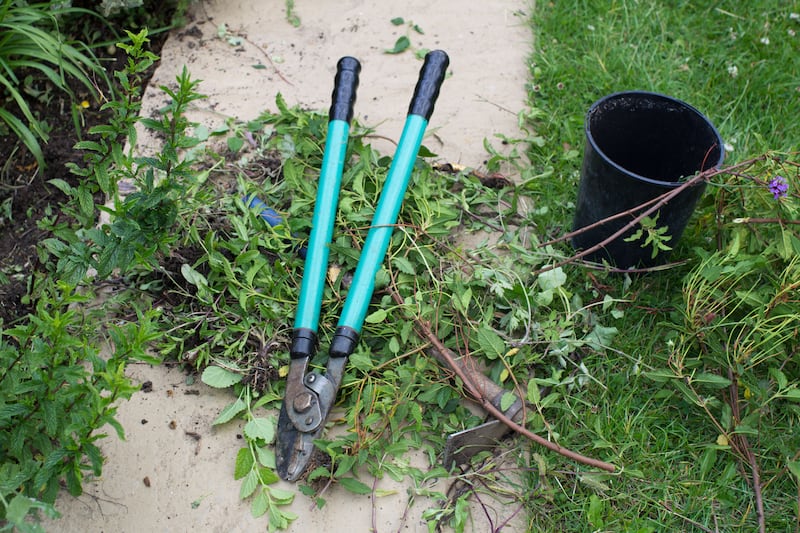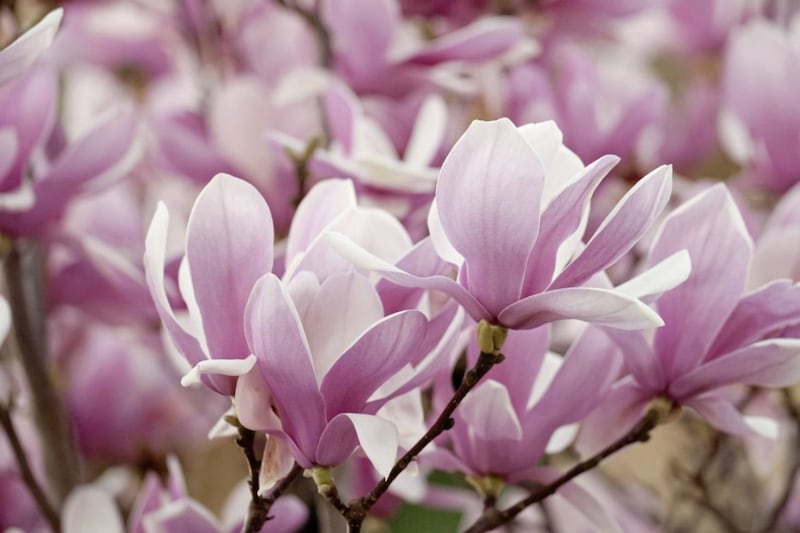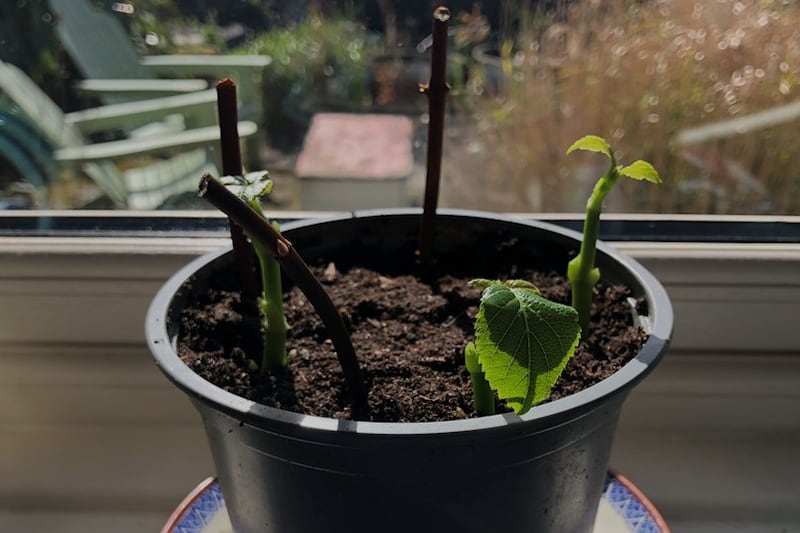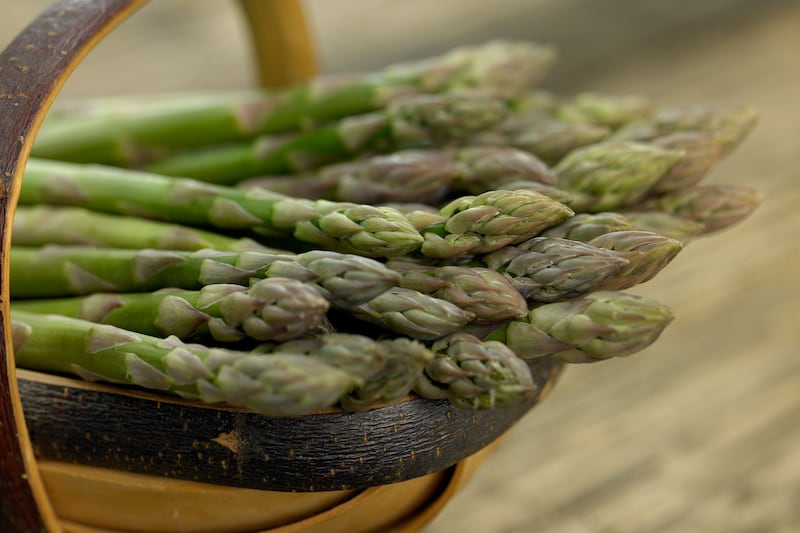AT THE bottom end of my garden, towards the compost heap, there are a pair of yew trees. I planted them 15 years ago in what was then an area of scutch grass. It’s one of the rare planting projects I undertook around that time that I remain content with, as they continue to fulfil their desired role and require no maintenance, short of occasional clip with the shears.
Walking from the compost heap back in the direction of the house, the trunks of the two yews – now around 4m high – act as gateposts; by design, the branches of each tree come together and the leaves mesh just above head height, forming an archway which marks the entrance to a small area near the pond with a summer time deciduous canopy.
It’s really cool – temperature-wise I mean – and on a sunny day after working up a minor sweat cutting grass or turning the compost, the sudden shift in ambience from one ‘room’ to the next is acute.
Moving from the bright heat to the dark, still coolness beneath the natural canopy is a sensory delight and provides an immediate insight into the value of shady spots in the garden. Understandably, though, the Irish climate means not as much emphasis is placed on shade as in, say, Mediterranean gardens, where the summers tend to be more... like summer.
Perhaps because we have so few sunny days compared to our southern European counterparts, there’s a prevalent view in Ireland that to deliberately build or grow something that blocks sunlight is an act of insanity.
But if you can afford to give at least a quarter to one-third of your garden over to shade – and it doesn’t necessarily have to be throughout the entire day – then your senses will be duly rewarded. You’ll also be pleasantly surprised by the range of plants you can grow in shady areas throughout the year.
There are, of course, those gardeners and garden owners who are saddled with shade, whether it’s from a building, hedge or wall. Their dark areas are often the ones that need brightening up most but often people don’t bother trying because they wrongly believe nothing would grow there.
It’s important to appreciate that not all shade is the same. At one end of the spectrum there’s damp shade where the soil is moist and rich, while at the other you have dry shade with dusty, impoverished soil that would even struggle to support weeds.
Damp shade is generally not a problem, with any risk of water-logged ground being reduced with every plant you add. The soil in dry shade on the other hand usually needs plenty of organic matter and some moisture to make it conducive to growth – or more like damp shade. It’s important to support plants in shady areas in their first year and once established they should survive on their own.
When assessing whether a plant will tolerate shade imagine it in a woodland beneath a dense canopy. Common forest dwellers such as ivy, the majestic Royal fern (Osmunda regalis) and evergreen native periwinkle (Littorina littorea) will enhance a low maintenance shaded spot even if there isn’t a tree within 50ft – but remember to keep them moist, with a combination of watering and mulch.
If not enthralled by the prospect of native ivy, try Hedera colchica 'Dentata Variegata' – a fast-climbing Persian ivy with mottled grey-green leaves that is sometimes grown as a houseplant.
Hellebores, snow drops and bluebells may be common but should not be overlooked for winter and spring interest in a shady spot. Hostas, euphorbia and the shade-loving geraniums 'Joan Baker' and ‘Muldoon’ are all shady garden essentials, while RHS Award of Garden Merit holder Phlox carolina 'Bill Baker' isn’t so fond of deep shade but is happy to spend much of the day out of full sun.
